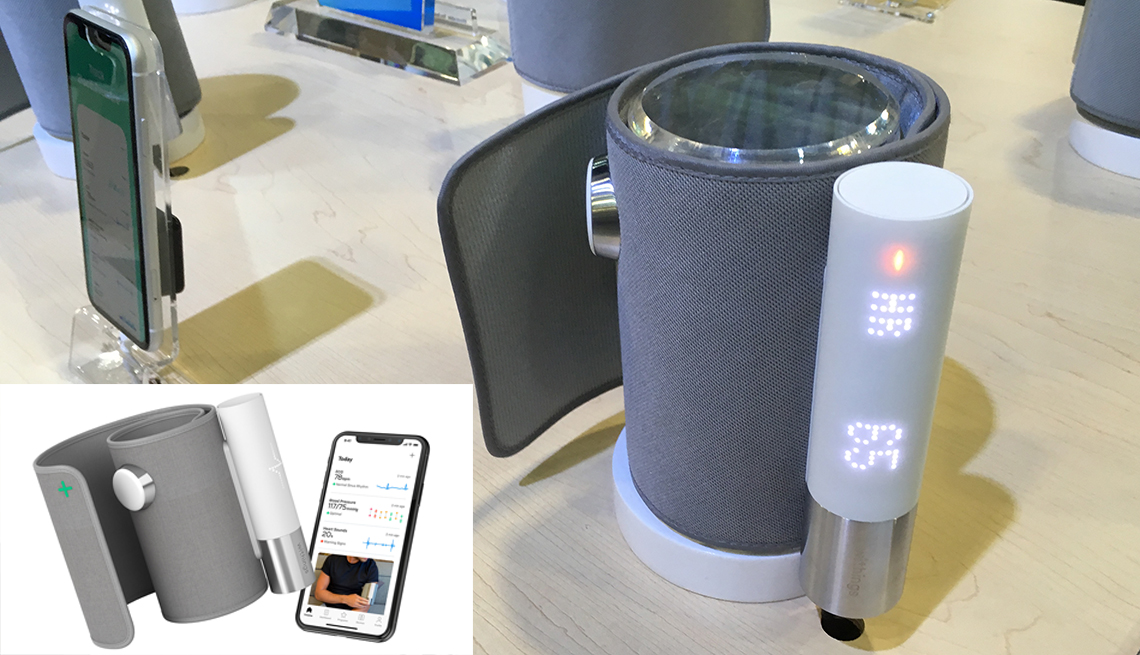AARP Hearing Center
Cardiac health is front and center this week at CES, the global electronics show that features the latest products for at-home use to let people keep tabs on their blood pressure, heart rate and heart rhythms and watch out for irregularities.
But along with the thousands of entrepreneurs and tech fans here are a couple of hundred physicians wrapping their heads around topics such as telemedicine and how to incorporate medical data from wireless wearables as they diagnose, treat and monitor patients.
And the Consumer Technology Association, which puts on CES, partnered with the American Heart Association and others to , for the first time, offer medical professionals continuing medical education credits if they attend conference meetings paired with the show that explore such topics as artificial intelligence, digital therapeutics and predictive analytics.
Cardiologist Anne B. Curtis, who addressed a packed meeting on digital medical data, says the education credit means the medical community’s grasp of digital health issues would likely grow. Curtis chairs the department of medicine at the University of Buffalo in New York and specializes in cardiac arrhythmia and implantable devices, such as pacemakers and defibrillators. She also sees patients in private practice.
Because many of her patients have implantable devices, she says that throughout her career she’s been accustomed to reviewing data the products transmit. But new is the deluge of data from wearables such as smart watches that, for example, check vital signs, monitor sleep and tip off diabetics to a hypo - or hyperglycemic episode.
“More data is coming in now,” Curtis says. “Patients can get a little bit more involved.”
The challenge for busy medical professionals is wading through the data and honing in on what’s important for treatment, Curtis says. “The problem is the more and more we get inundated with data — there’s only so much time — and I worry sometimes about less face-to-face time with a patient as we’re looking at the data.”


































































